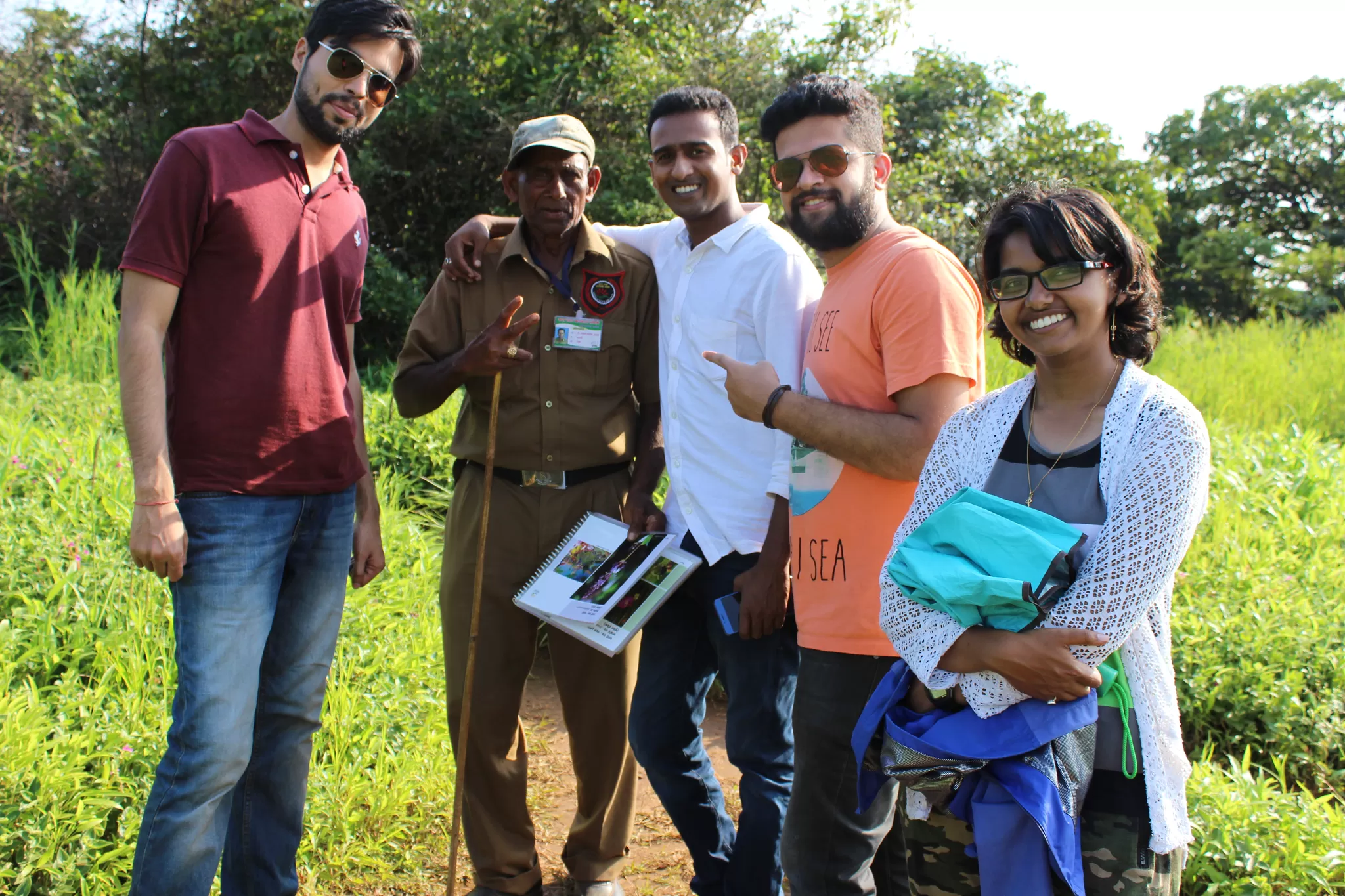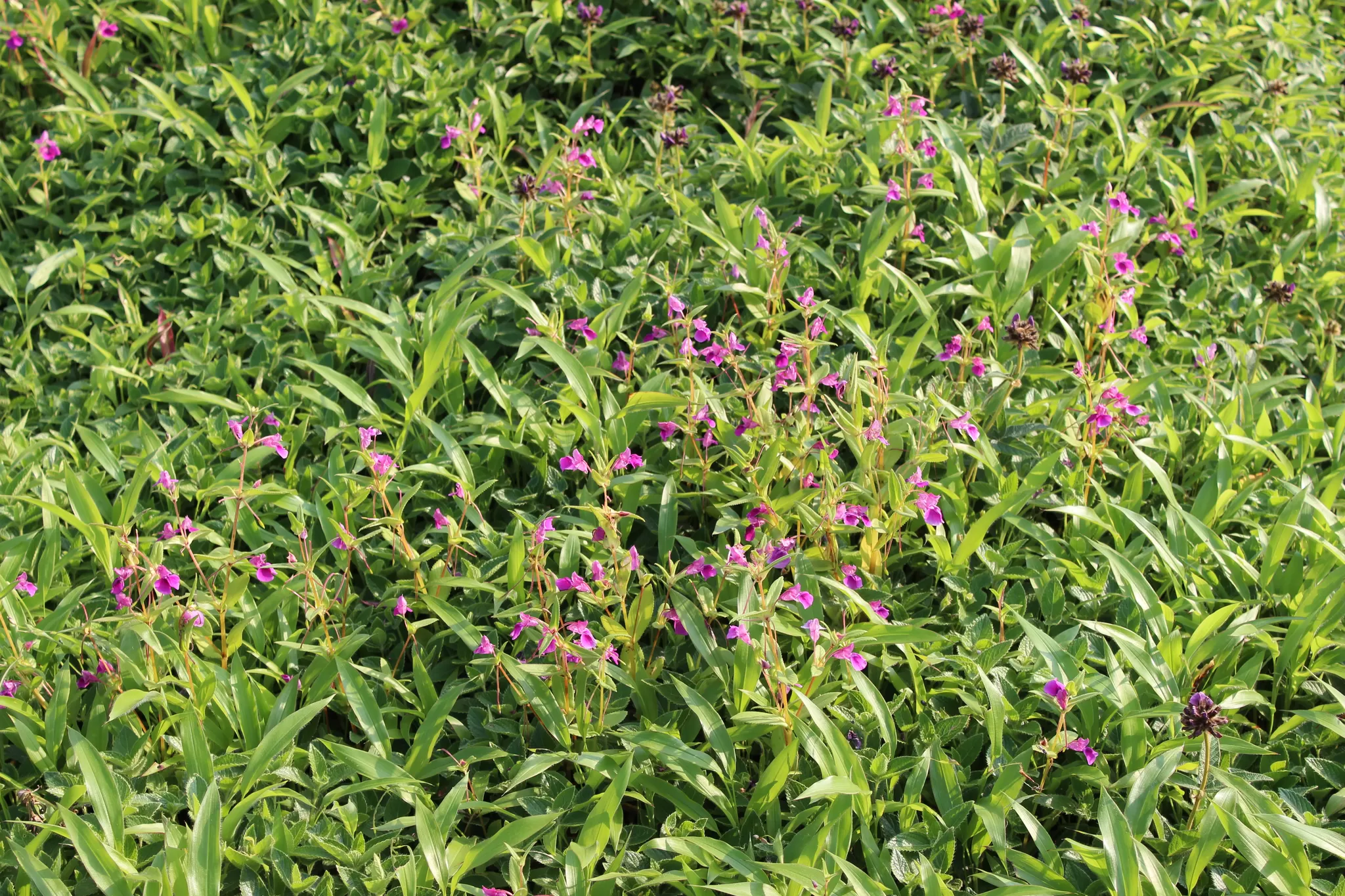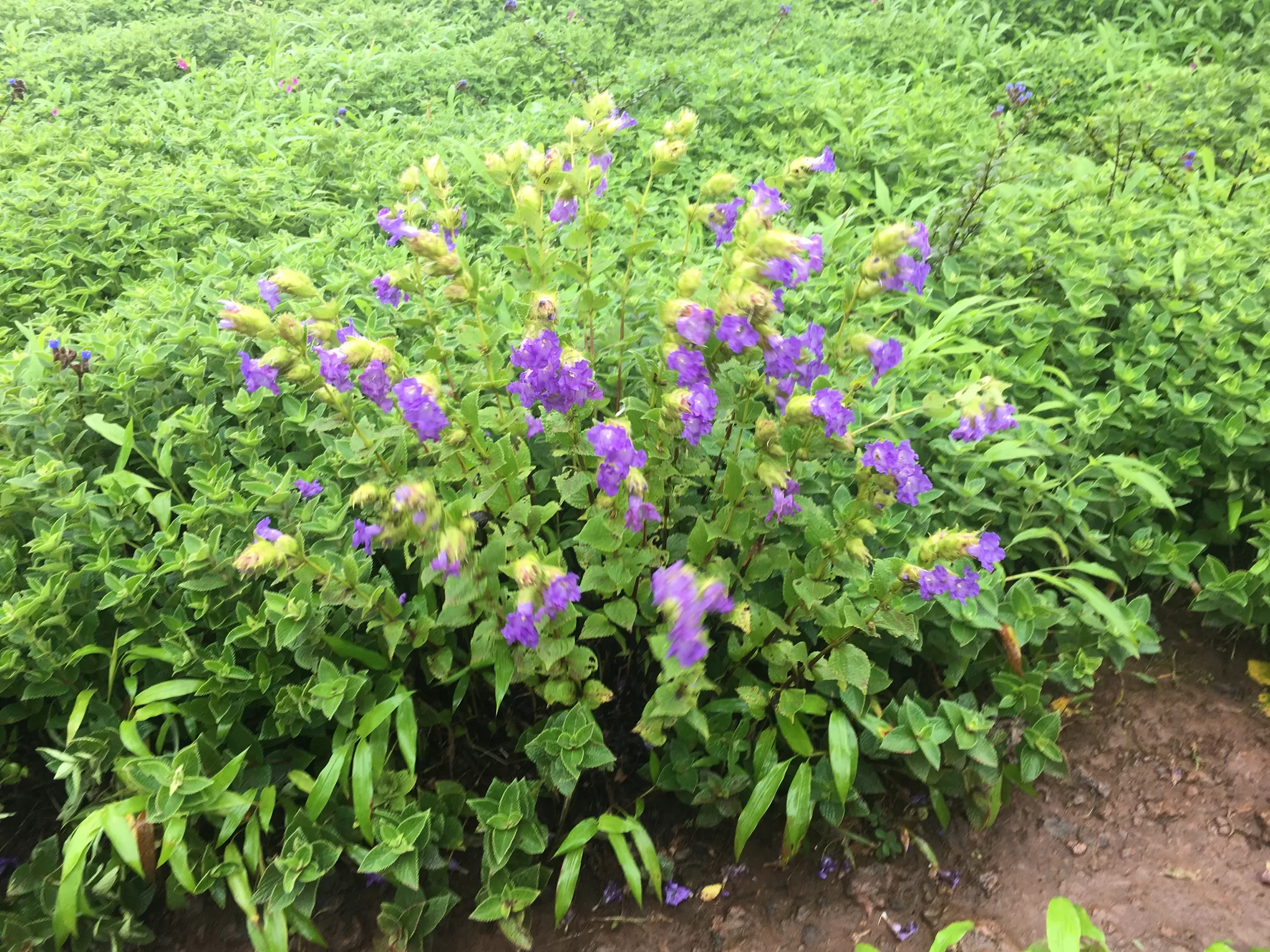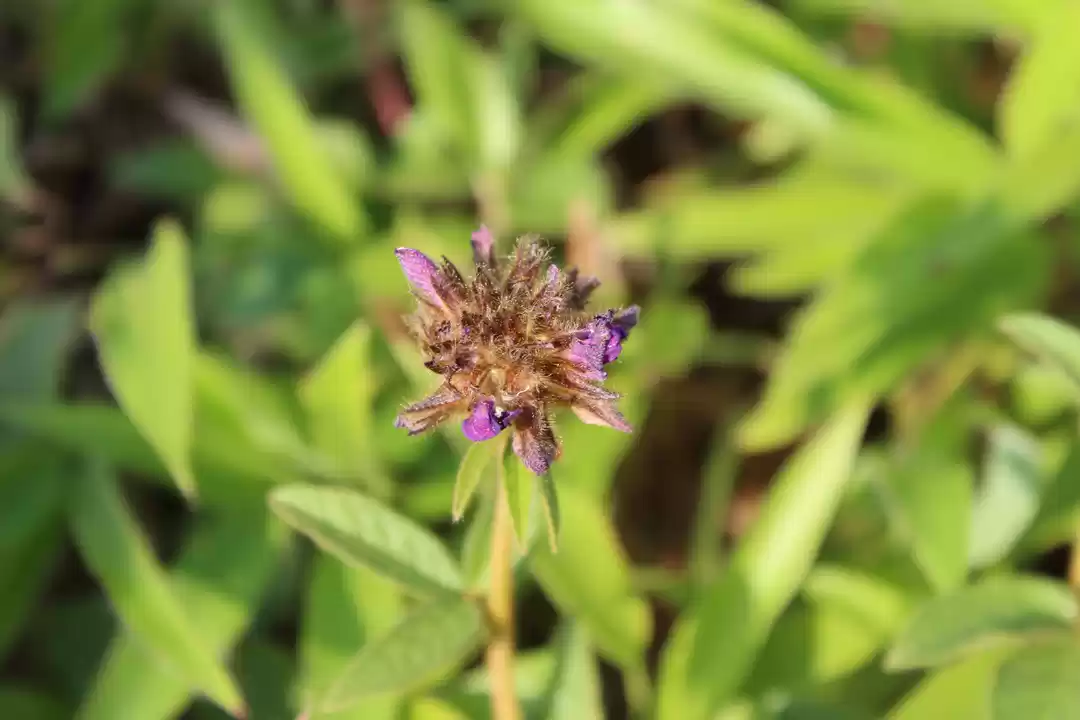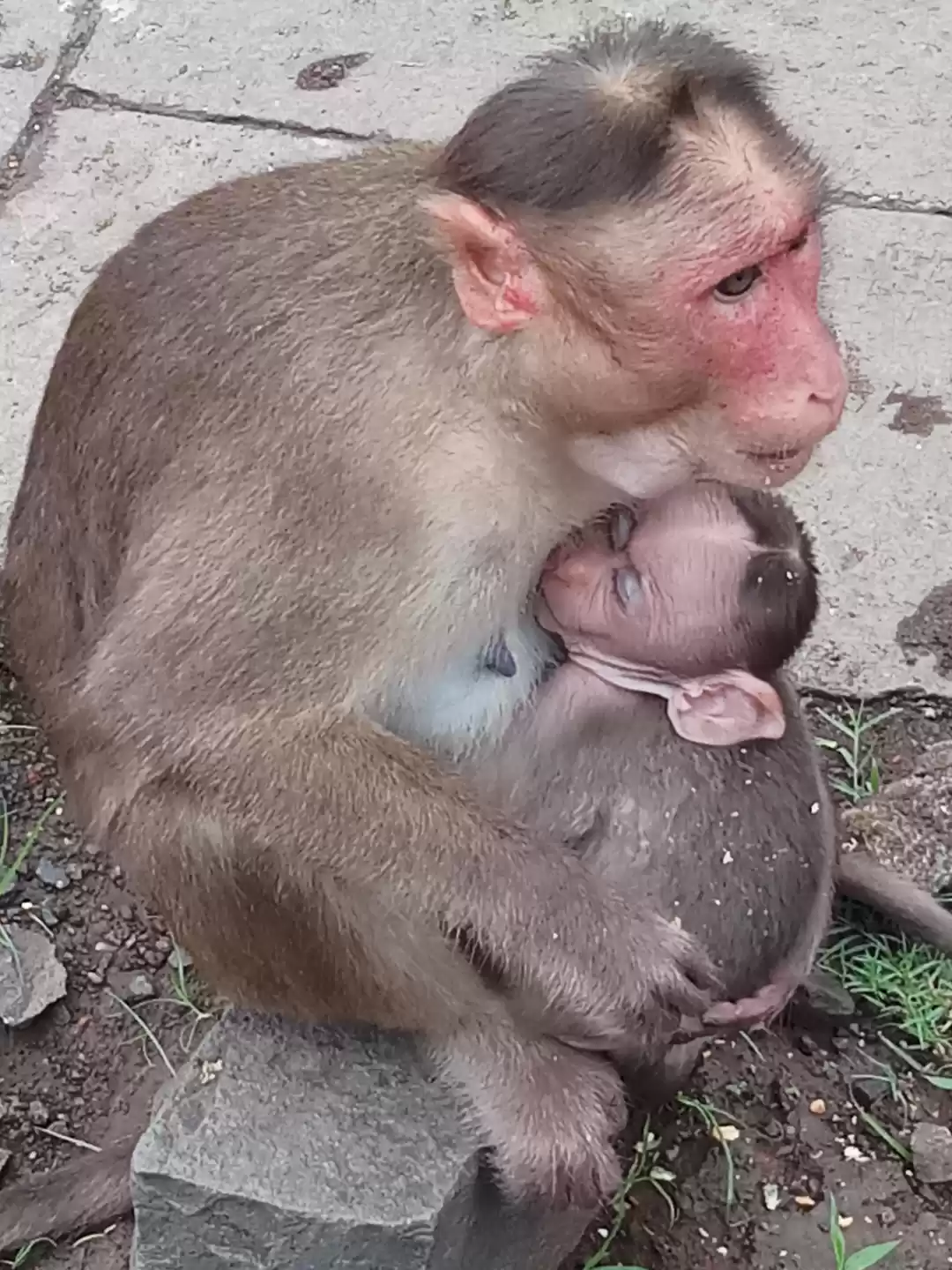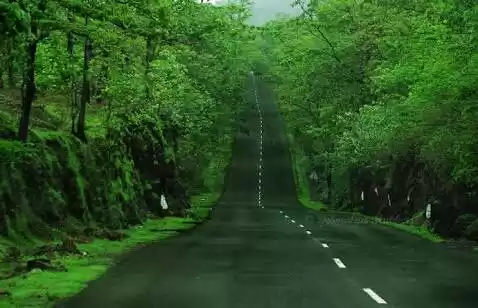Have you ever dreamed of walking in a valley of flowers, surrounded by vibrant colours and fragrant scents? If yes, then you should definitely visit Kaas Plateau, a UNESCO World Heritage Site that is home to over 850 species of flowering plants.
Located in the Western Ghats of Maharashtra, Kaas Plateau is a natural wonder that attracts thousands of visitors every year. In this article, we will tell you everything you need to know about this amazing place, from how to reach it, when to visit it, what to see and do there, and what to expect on your trip. Read on to discover why Kaas Plateau is a must-visit destination for nature lovers and adventure seekers alike.
Flora and Fauna

Kaas Plateau is also known as the Valley of Flowers of Maharashtra, and for a good reason. The plateau, which covers an area of about 10 square kilometers, transforms into a carpet of flowers during the monsoon season, from August to October. The flowers bloom in various shades of pink, purple, yellow, white, blue, and red, creating a stunning contrast with the green grass and the blue sky. Some of the flowers that you can see on the plateau are orchids, lilies, balsams, begonias, geraniums, impatiens, and many more. Some of these flowers are rare and endemic to the region, such as Kaas Pathar, which is named after the plateau itself.
The plateau is not only rich in flora but also in fauna. It is home to many insects, butterflies, birds, reptiles, and mammals that coexist with the plants. You can spot some of the wildlife on the plateau, such as bees, dragonflies, beetles, spiders, frogs, snakes, lizards, mongoose, foxes, porcupines, and even leopards. The plateau is also a paradise for birdwatchers, as you can see many species of birds such as bulbuls, sunbirds, flycatchers, warblers, eagles, and vultures.
The flora and fauna of Kaas Plateau are not only beautiful but also important for the ecosystem and biodiversity of the region. The plateau is a part of the Sahyadri Sub-cluster, which is one of the 34 biodiversity hotspots in the world. The plateau plays a vital role in maintaining the water balance and soil fertility of the area. It also provides habitat and food for many living beings. Therefore, it is essential to conserve and protect this natural heritage from human interference and damage.
How to Reach
Kaas Plateau is located about 25 kilometers from Satara, which is the nearest city to the plateau. You can reach Satara by road, rail, or air from different cities in India.
By Road: You can drive to Satara by taking the National Highway 48 or State Highway 58, depending on where you are coming from. The road journey will take you through scenic landscapes and hills. You can also take a bus or a taxi to Satara from nearby cities such as Pune (120 km), Mumbai (270 km), Kolhapur (130 km), or Nashik (330 km). From Satara, you can take another bus or taxi to Kaas Plateau, which is about an hour away.
By Rail: You can take a train to Satara from major cities such as Mumbai (Koyna Express), Pune (Sahyadri Express), Bangalore (Rani Chennamma Express), or Delhi (Goa Express). The train journey will take you about 5 to 10 hours depending on your origin. From Satara railway station, you can take a bus or taxi to Kaas Plateau.
By Air: You can fly to Pune airport or Mumbai airport from any city in India or abroad. Pune airport is closer to Satara than Mumbai airport by about 150 kilometers. From Pune airport or Mumbai airport, you can take a bus or taxi to Satara and then to Kaas Plateau.
Best Time to Visit
The best time to visit Kaas Plateau is during the monsoon season when the flowers are in full bloom. The peak season is from mid-August to late September when you can see the most variety and density of flowers on the plateau. However, this is also the most crowded time when thousands of tourists flock to the plateau every day.
Nearby Attractions
Kaas Plateau is not the only attraction in the area. There are many other places to visit near the plateau that are worth exploring. Here are some of the nearby attractions that you can add to your itinerary:
1. Kaas Lake: Kaas Lake is a serene and scenic lake that is located about 6 kilometers from Kaas Plateau. The lake was formed by a dam built on the Urmodi river in 1875. The lake is surrounded by lush green hills and forests, and offers a panoramic view of the landscape. You can enjoy boating, fishing, camping, or picnicking at the lake.
2. Sajjangad Fort: Sajjangad Fort is a historical fort that is located about 15 kilometers from Kaas Plateau. The fort was built by the Bahmani Sultanate in the 15th century, and later occupied by Shivaji Maharaj, the founder of the Maratha Empire. The fort is also the final resting place of Sant Ramdas, a revered saint and spiritual guru of Shivaji Maharaj. You can visit the fort to see the temple, samadhi, and museum dedicated to Sant Ramdas, and also enjoy the view of the valley from the fort.
3. Thoseghar Waterfall: Thoseghar Waterfall is a spectacular waterfall that is located about 20 kilometers from Kaas Plateau. The waterfall is formed by the confluence of several streams that cascade down from a height of about 200 meters. The waterfall is especially impressive during the monsoon season when it roars with full force and creates a misty atmosphere. You can admire the beauty of the waterfall from a distance or take a dip in the pool at its base.
4. Bamnoli Village: Bamnoli Village is a quaint and charming village that is located about 30 kilometers from Kaas Plateau. The village is situated on the banks of the Shivsagar Lake, which is a large reservoir formed by the Koyna Dam. The village offers a peaceful and relaxing getaway from the hustle and bustle of the city. You can enjoy boating, fishing, birdwatching, or camping at the lake, or explore the rural culture and lifestyle of the villagers.
5. Vasota Fort: Vasota Fort is an ancient fort that is located about 60 kilometers from Kaas Plateau. The fort is nestled in the dense forests of the Koyna Wildlife Sanctuary, which is home to many animals such as leopards, sloth bears, bison, deer, and monkeys. The fort was built by the Shilahara dynasty in the 12th century, and later captured by Shivaji Maharaj in the 17th century. The fort is also known as Vyaghragad, meaning the fort of tigers, because of its location and history.
Also read: Kaas Plateau (Kaas Pathar) – The valley of Flowers – World Heritage Site
Kaas Plateau is a hidden gem of Maharashtra that will leave you spellbound with its natural beauty and diversity. It is a perfect destination for nature lovers and adventure seekers who want to experience something different and unique. Whether you want to see the valley of flowers, visit the historical forts, enjoy the scenic lakes, or explore the wildlife sanctuary, Kaas Plateau has something for everyone.













